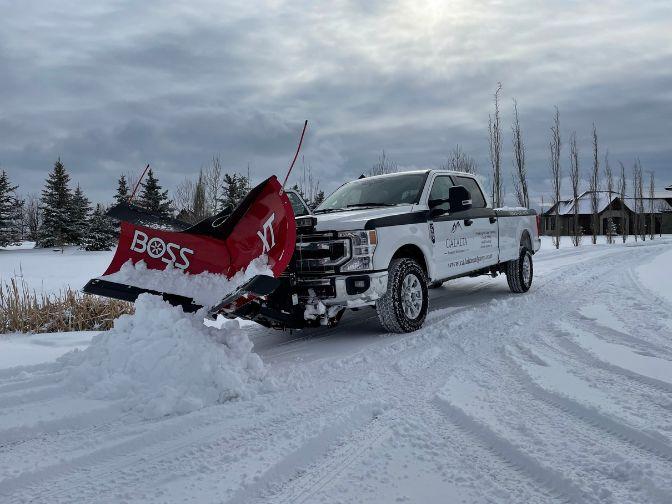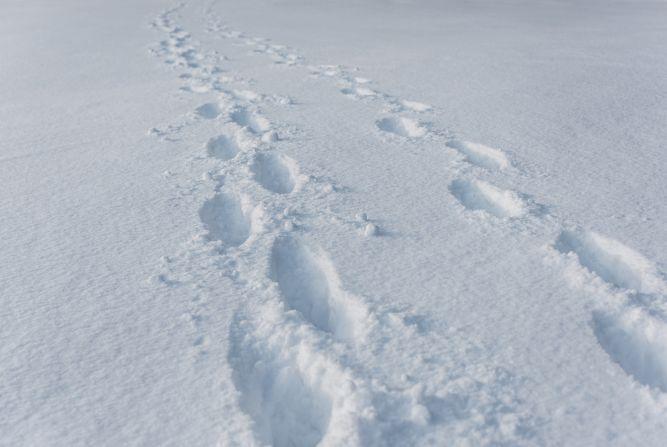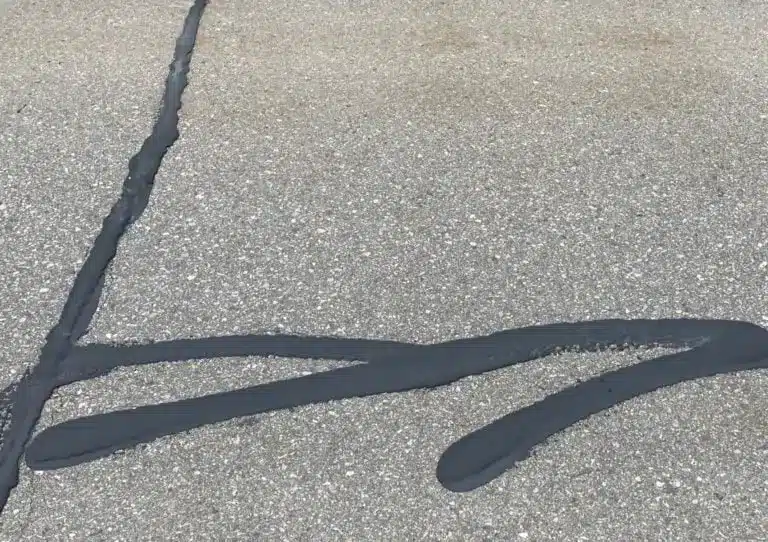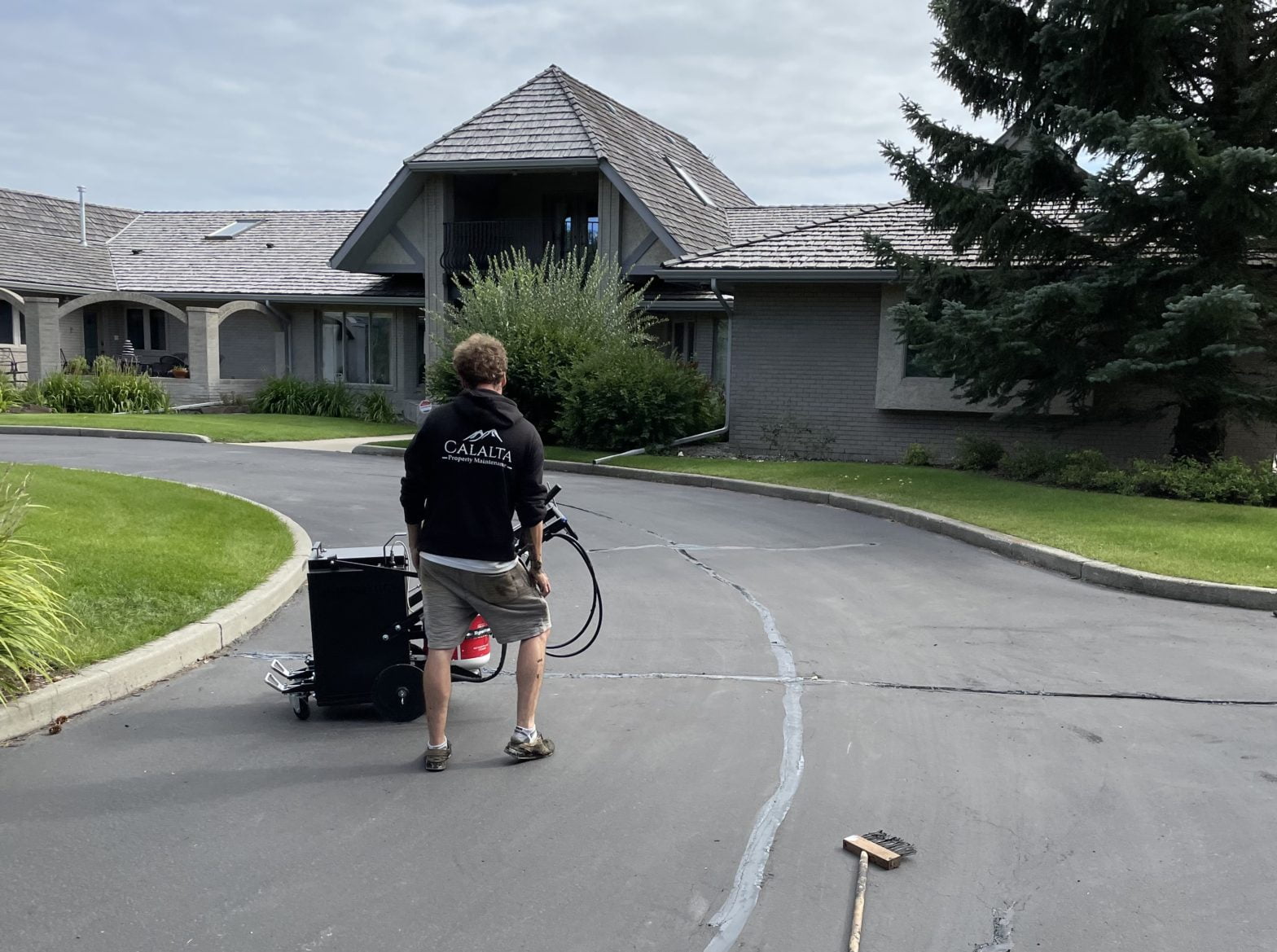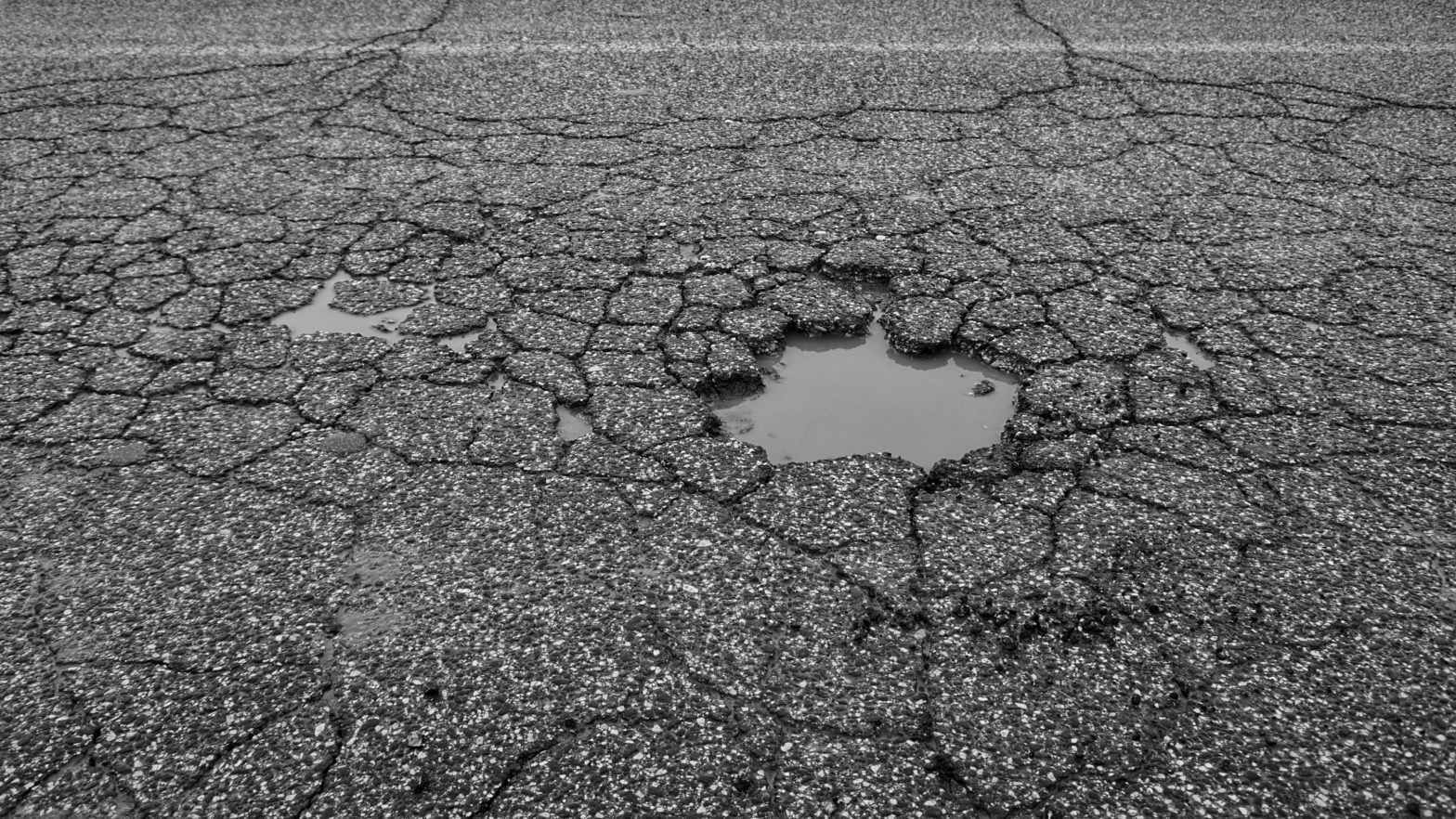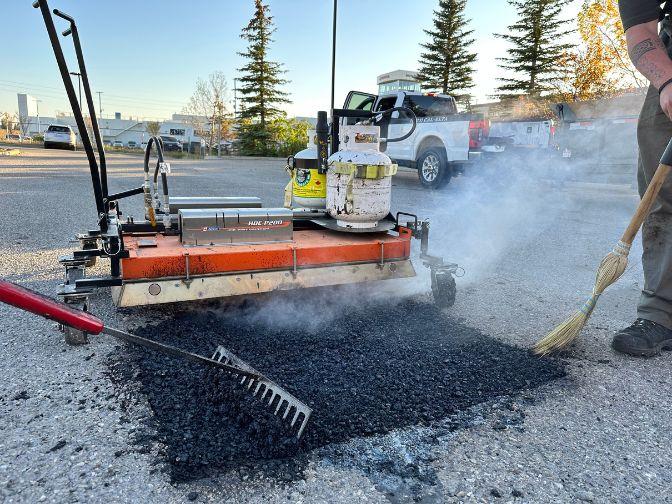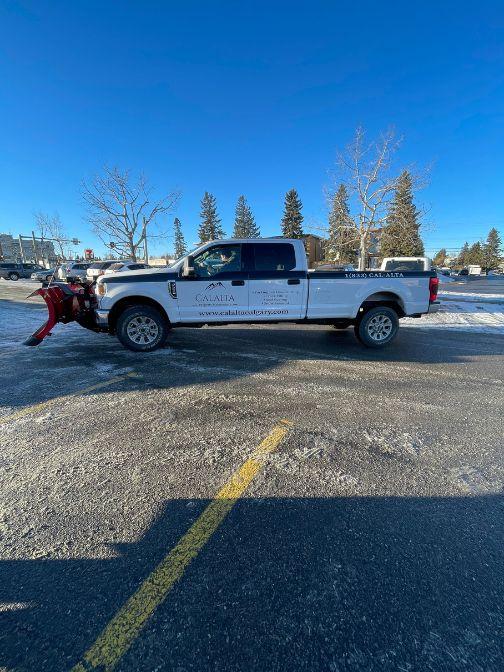
You’ve probably noticed that there’s not a lot of road work being done in Calgary during the winter—not nearly as much as you see in the spring and summer, anyway.
There’s a good reason for that—it’s a lot harder to do roadwork in the wintertime.
Despite the challenges our harsh climate presents, it is possible to repair potholes in the winter. In fact, the City of Calgary has a winter pothole repair program; winter repairs can prevent accidents and save the municipality money.
In this article, we’re going to teach you everything you need to know about winter pothole repair: Why it’s challenging, how it’s done, and why it’s worthwhile. Let’s get patching!
Why is winter pothole repair difficult?
Asphalt adheres best to a surface when that surface is clean and dry and when the asphalt is hot. Ideally, the asphalt will cool and dry slowly, melding perfectly with the surface it was applied to.
In winter, roads and parking lots are dirty, cold, and wet—exactly the opposite of the ideal conditions for asphalt application. Potholes will be filled with sand, salt, and other grit. They may also be damp—and forget about patching anything when there’s snow on the ground.
These challenges make permanent pothole repair in the wintertime impossible. There’s good news, however—temporary pothole repair is both cost-effective and useful, even in the dead of winter.
Cold patch asphalt repair
Cold patch asphalt is pre-mixed asphalt that can be applied without heating. Normally, asphalt is prepared at 150° to 175° Celsius. Cold patch, on the other hand, doesn’t need to be heated—as long as the asphalt is above 0° when it’s laid, it will work.
As you might expect, the adhesion of cold patch asphalt is quite poor compared to hot asphalt—we can’t stress enough that it’s a temporary fix. There are, however, quite a few advantages to cold patch:
- It’s less expensive
- It’s more environmentally friendly
- It can be applied during the winter
While cold asphalt is easier to apply than its hot counterpart, you’ll still need a professional to do the repairs. This stuff adheres best when potholes are properly cleaned out—and when there’s no snow near the asphalt. That’s one of the reasons we offer snow removal services in addition to our other maintenance services—we want to keep your parking lot safe and make it easier to repair potholes all year round.
Now that you know that pothole repairs are possible—albeit temporary—it’s time to answer the million-dollar question: Are they worth it?
They can be - but we have an even better solution for cold weather asphalt repair.
Infrared asphalt repair
Infrared repair is one of the most innovative methods of patching asphalt in the winter. The method is incredibly simple: an infrared heater is used to heat up the old asphalt, then new asphalt is mixed with it to create a stronger bond.
The best practices of asphalt repair are still used - potholes and cracks are cleaned thoroughly before the new asphalt is poured. The infrared method carries several advantages:
- The repairs can last for years
- The process is versatile, and can be used in all temperatures
- It’s environmentally friendly, as old asphalt becomes part of the repair
- It’s aesthetically pleasing
We favour infrared repairs for asphalt repair in the winter, because it’s much longer lasting - and it’s safer.
Should you repair potholes in the winter?
Anyone who has stared down the barrel of a liability suit knows that the “million-dollar question” we mentioned above isn’t necessarily an exaggeration. One of the main reasons you should consider patching potholes on your parking lot, even in the wintertime, is to avoid damaging your customers’ vehicles and to eliminate tripping hazards.
Those aren’t the only reasons—though they may be the most important ones. Patching potholes can also save you money in the long run. When left unpatched, the potholes that develop in the wintertime are more likely to grow. Snow enters unpatched potholes more easily—it then melts and turns to ice, causing the pothole to expand and the surrounding asphalt to crack. A winter patch acts as a temporary seal, preventing most snow and moisture from entering the hole.
Repairing potholes in the winter can also make your property more aesthetically pleasing and improve the flow of traffic.
There’s basically no end to the advantages of patching potholes in the winter— especially if you choose infrared asphalt.
At Infinity Asphalt, we pride ourselves on our year-round services. That means you can get asphalt repair in Calgary anytime—even in the dead of winter. Give us a call! We’ll be happy to help.

Brent Schuldhaus is the founder and president of Infinity Asphalt. He grew up in Calgary, Alberta, played junior hockey for three years, graduated from the Smith School of Business at Queen’s University in Ontario with a Bachelor of Commerce and went on to found Infinity Asphalt in 2019.
